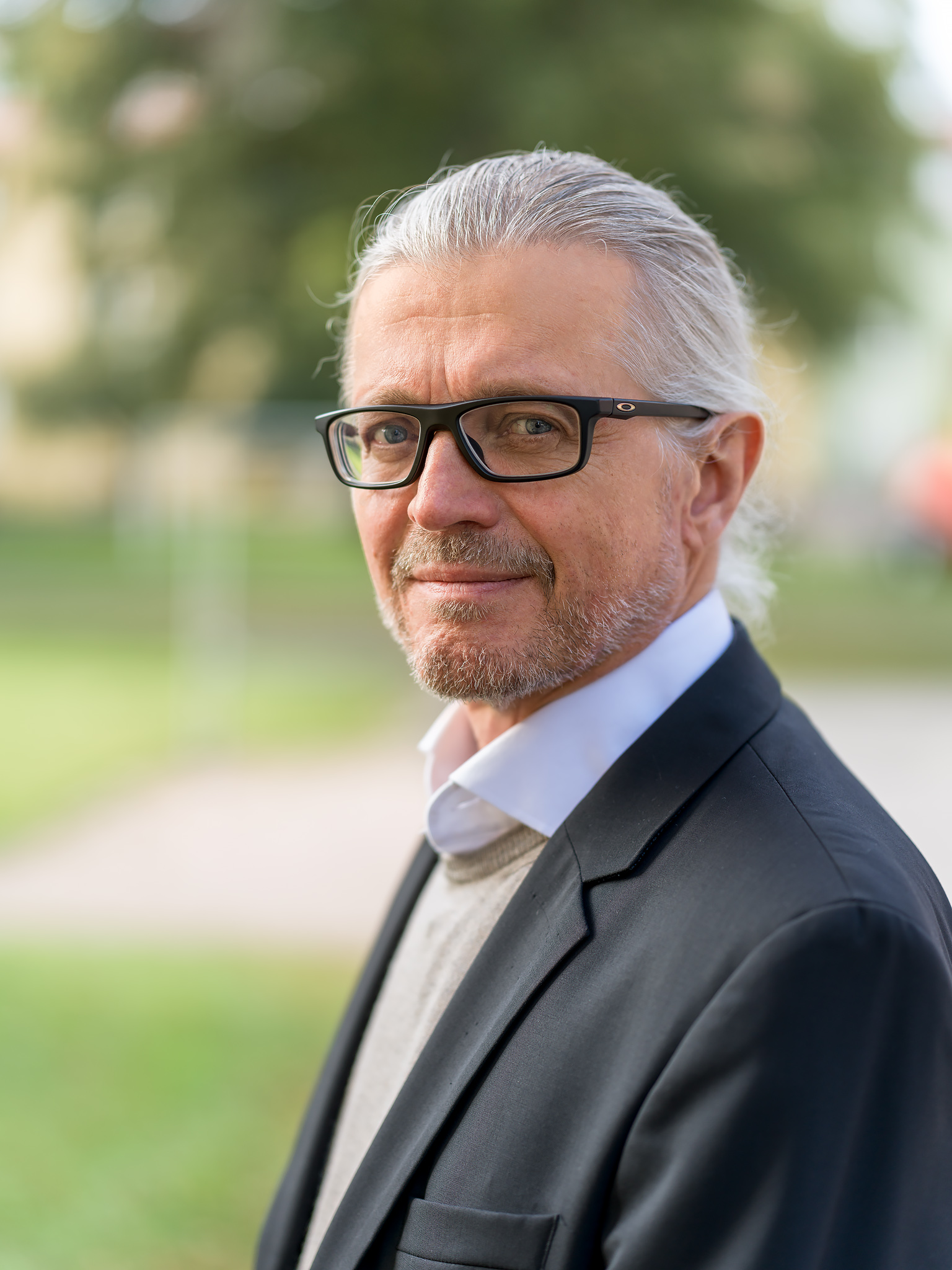Roland Lindh

Born March 26 1958 in Malmö, Sweden
Professor, Uppsala University, Sweden
Email:roland.lindh@kemi.uu.se
Web: external link
1996 IBM Sup’Prize Award;
2013 member of the Swedish Royal Society in Science;
2023 Member, International Academy of Quantum Molecular Science
Author of:
More than 224 papers as of September 2023.
Important Contributions:
RL has been a diverse world-leading contributor to the following fields:
Fast evaluation of electron-repulsion integrals – his code is still the standard to beat,
The development of robust methods for molecular structure optimizations (with and without constraints) – his method of computing estimates of the force constant matrix is the standard today in many quantum chemical program packages,
He was an early contributor to techniques for parallelization of QM methods,
The development and implementation of integral-direct methods,
Methods for accurate numerical quadrature in DFT,
The development of hybrid multiconfigurational and DFT methods,
Development and analysis of density-fitting methods – in particular the revival of the Cholesky decomposition method for electron repulsion integrals and the generation of accurate auxiliary basis sets,
The computation of properties affected by relativistic effects – picture-change corrections,
Generation of various standard one-electron basis sets – the ANO family – and basis set for accurate computation of Mössbauer spectroscopy,
The development of the LoProp method – a very popular approach for the accurate inclusion polarizabilities in QM//MM models,
The development of a unified molecular orbital based theory of the phenomenon chemi- and bioluminescence,
Developed techniques and basis sets for the simulation of muonic molecular systems,
Development of tools to study conical intersections in photo chemical processes,
Analysis of and methods for the computation of the use of the exact semi-relativistic operator to model light-matter interaction,
The use of neural-networks to characterized and automatically analyze molecular dynamics trajectories,
Extension of multi-state multi-configurational perturbation theory, and
The use of Gaussian progression regression in the pursuit of efficient and robust methods to find molecular equilibrium and transition-state structures optimization, and the search for reaction paths and conical intersections.
Lindh has been involved in a number of projects committed to the state-of-the-art studies of photo chemical processes and simulation of spectroscopic transitions of chemical systems. Since 2008 he is the chairman of the OpenMolcas quantum chemistry computer program project.


